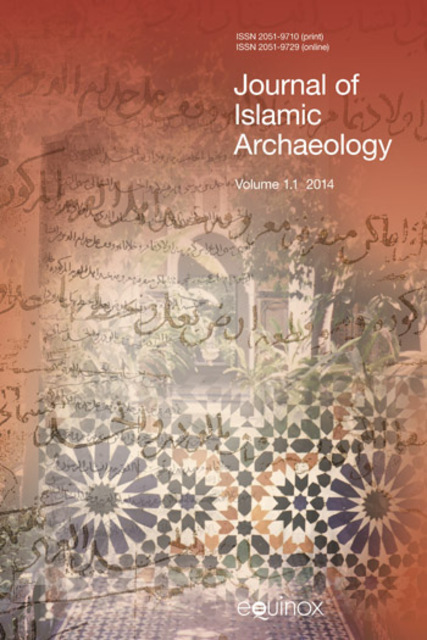JIA/A Survey and Typology of Islamic Molded Ware (9th–13th centuries) based on the Discovery of A Potter’s Workshop at Medieval Balis, Syria

Full description
Medieval Islamic unglazed molded ware is a common but little-studied type with great potential for use as an interpretive tool in Islamic archaeology. This article presents the current state of knowledge about molded ceramics by organizing and synthesizing the evidence from published sites across the Islamic world and, using the information from these sites, generates a new typology with distinct periodization between the 9th to the 13th century. This typology is then compared with stratigraphically excavated finds from a newly-discovered 13th century molded ceramic workshop at the site of medieval Balis, Syria. Finally, the article argues that, like fine glazed ceramics, molded wares function as carriers of cultural meaning. Because they imitate more expensive luxury items made of metal, molded wares provide tantalizing clues to the taste and consumption patterns of a kind of “middle class” of urban dwellers in medieval Syria.
- typeImage
- created on
- file formatjpg
- file size135 KB
- container titleJournal of Islamic Archaeology
- creatorStephennie Mulder
- issn2051-9729 (Online)
- issue1.2
- publisherEquinox Publishing Ltd.
- publisher placeSheffield, United Kingdom
- rights holderEquinox Publishing Ltd.
- doi
We use cookies to analyze our traffic. Please decide if you are willing to accept cookies from our website. You can change this setting anytime in Privacy Settings.
